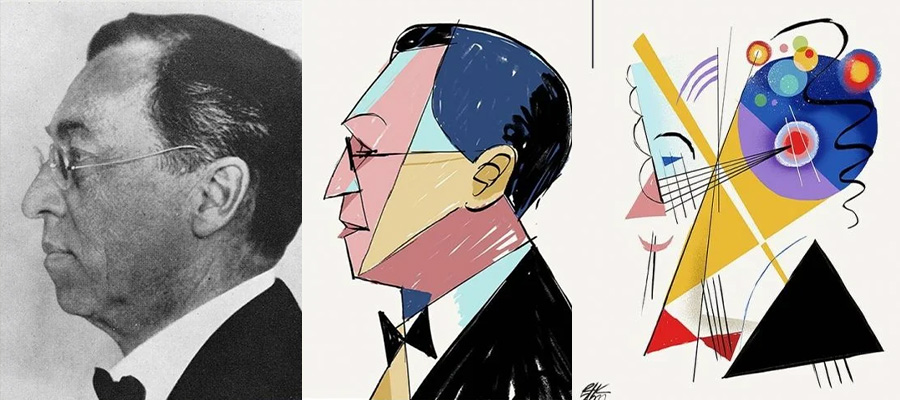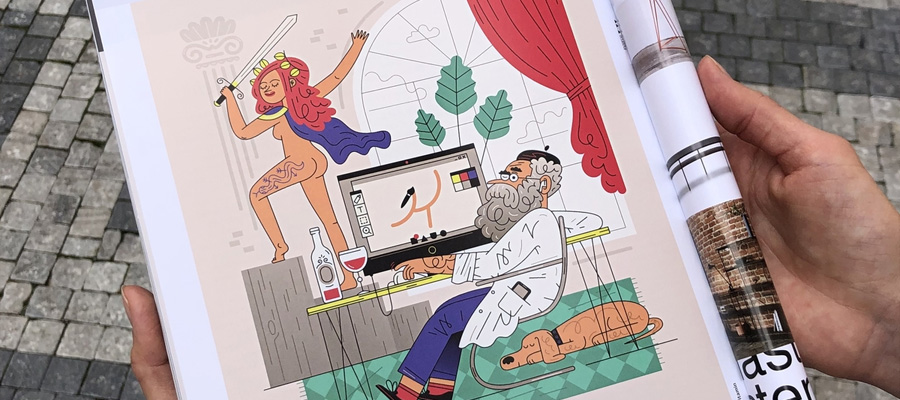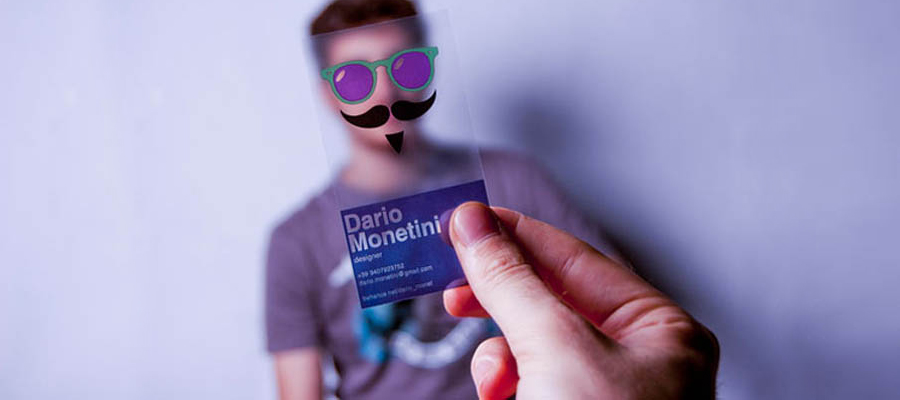If you’re part of a business that likes covering all its bases, you’ve probably already heard about creative decision making. A lot of us who don’t work for businesses have heard of creative decision making as well, and we’re going to let you know just why creativity is so important for helping people make proper decisions.

Usually, the average person does not necessarily associate creativity with decision making. Creativity is associated with people throwing paint on easels, writing books, building stuff and making sculptures. What the average person also doesn't realize is how many decisions are involved in the creative process, and why creative people can be such fantastic decision makers.
What is creativity?
To be creative means to be skilled at creating something. In an artistic sense, this could mean creating new paintings or pictures. In a musical sense, writing new songs. In a business sense, this would mean the creation of new ideas or business practices and services.
In the words of Max H. Bazerman, creativity can be called the ““cognitive process of developing an idea, concept, commodity, or discovery that is viewed as novel by its creator or a target audience.” That about sums it up.
Creativity can come in many different forms. Stress and anxiety kill the production of creativity and the best ideas come when the mind is free of anxiousness and nerves.
Creativity and decision making
So how would creativity be useful in making decisions? There are a few reasons that an individual’s creativity could help influence them to make different and, in some senses, better decisions than those who lack the creative flair.

First off, creativity improves the quality of the decisions that people make. That means that when making a decision, a person explores more possibilities and has a wider range of options available for them to choose from when making the final decision. This makes creative people ideal for solving issues that won’t just have an obvious single solution, such as problems that are acute and won’t need to be repeated.
Creativity also helps the flow of ideas come forth. Creative people are already used to exploring many ideas at the same time, and they will be able to intuit the best approach to a situation while considering the alternatives in the same stroke.
There are a few ‘guidelines’ that outline the creative decision-making process.
- A creative person assumes and understands that there is always a better way to do something, no matter the situation. Even if things are working great and aren’t in need of a change, a creative person will recognize that there is still a possibility to do things more efficiently.
In this sense, a creative person won’t always rely on habits or methods developed in the past. They will draw on these for information, but they will also recognize that innovation is the key to success. - A creative person recognizes that problems don’t have single solutions, but also that the alternatives can’t just be quickly dismissed. They will address as many sides of an issue as possible, in full detail, asking questions and getting answers before making a decision.
- A creative person won’t take things for granted and will evaluate all things with a proper assessment. They will make sure that all people involved are aware of all aspects of a problem, and will raise points against commonly established facts to see if they can be challenged.
- They aren't’ afraid of failure. This can be a bit frightening to a manager or someone who is passing decision making powers to a creative person because they might worry that their company will fall through if the wrong decision is made. Fear not - while failure may be a part of the process, a creative person recognizes that the path to true success is built on top of past failures.
A creative person relies on two types of thinking: convergent and divergent. These types of thinking relate directly to problem solving skills.
Convergent thinking
In the convergent thought process, people solving a problem will work to solve them using the established methods. This is the most linear type of thinking because it assumes that the problem already has a viable solution and encourages all people involved to work towards that solution.
Divergent thinking
Divergent thinking is very different, in the sense that it analyses the problem and tries to break it into parts that can be addressed individually. Instead of attempting to approach the problem in a rational, predefined way, divergent thinking allows you to address different aspects of the issue so you can see the problem as a whole.
In conclusion
Creative people are fantastic decision makers because they are already familiar with the processes involved in making serious decisions. While deciding where to lay the next brush stroke on a painting may not seem like too much of a problem to you, for the artist, they can feel as if their lives are hinging on that stroke.
In this sense, artists and other creative people become very familiar with the creative processes involved in decision making and can be a great asset to any company that needs to have important decisions made.




















